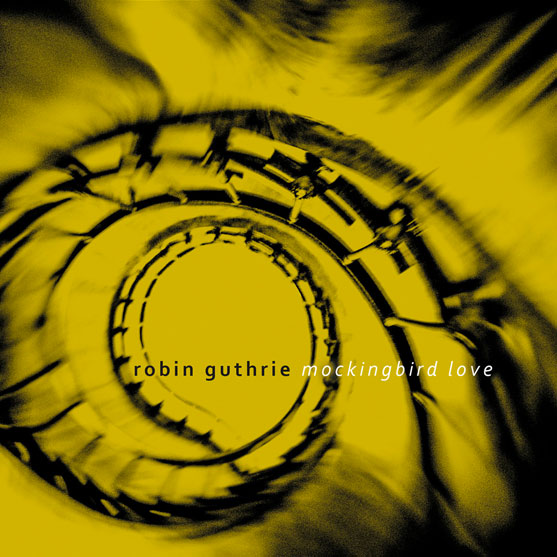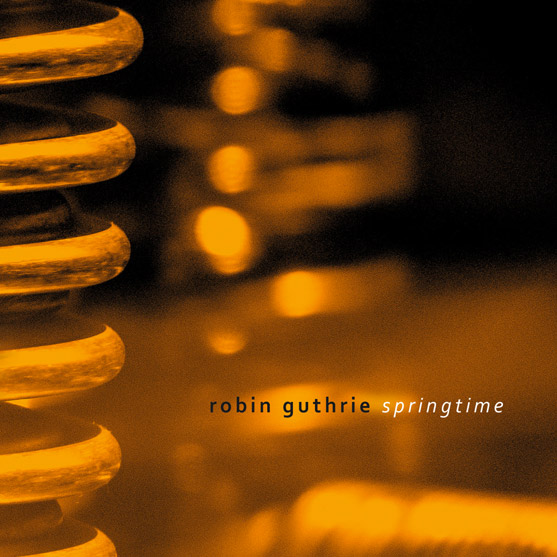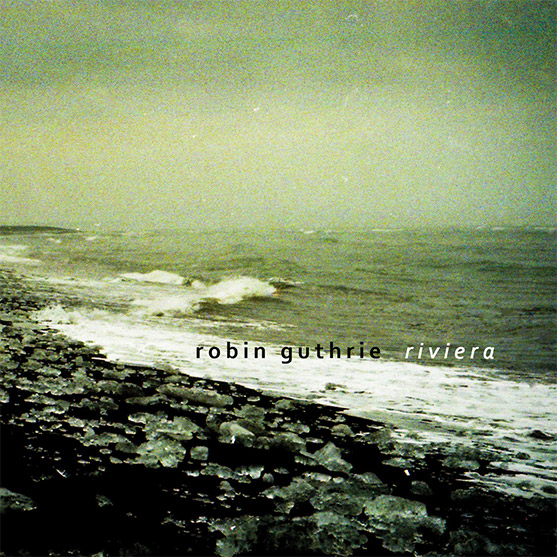Note: This is more of a summary for myself, so anyone reading this who cares about spoilers: stop now.
This was a strange episode of The Book of Boba Fett, as the titular character didn’t even show ups aside from being name-checked at the end. Instead, it was all about Din Djarin, aka The Mandalorian, who so far has appeared in two seasons of his own show.
At the close of season 2 of The Mandalorian, Din Djarin had completed his mission. He had delivered Grogu, or Baby Yoda as some people still call him, to the Jedi—in this case, to Luke Skywalker (whose Jedi legacy the present regime in charge ruined in the most recent trilogy). He also had earned the Darksaber in battle, by defeating Moff Gideon, and thus thwarting Bo-Katan from reclaiming what once had been hers, though not properly earned.
The episode opens with the Mandalorian on a bounty hunt, where he wields the Darksaber and manages to burn himself as he’s not properly trained in its use. He secures some information, making this a side quest like many of the episodes in his own show, and with that information finds the surviving cohort of Mandalorians who he previously met. Only two remain from that original cohort: the armorer and a massive dude whose ancestor forged the Darksaber. While the armorer trains the Mandalorian in the use of the Darksaber, she finds him wanting almost immediately (apparently, they have not heard of practice makes perfects in the Star Wars world. Here it’s become a master at once or you’re a failure). Because of this, the other guy challenges Din Djarin, loses the battle, but after both being asked whether one has ever removed his helmet in front of others, Djarin is evicted from the cohort. It’s a question out of the blue, but maybe a traditional question after Mandalorian duels. Who knows.
Din Djarin then heads over to Tatooine, hoping his contact there has found him a replacement for the Razor Crest, his previous ship that Gideon’s crew destroyed. What follows is a strange montage as they assemble a Naboo starfighter, one not really suited to bounty hunting work. Shortly after a test flight, Boba Fett’s associate, Fennec Shand, shows up, hoping to hiring him as muscle for their war against the Pykes. Whether the Madalorian joins them or not remains to be seen, for he has another mission he first needs to complete.
Although a great episode, it didn’t do much to further the book of Boba Fett. Instead, it seems to set up season 3 of The Mandalorian. Where tat season goes remains to be seen, but one can speculate: Will he return to Mandalor? Will he try to rule that world, or find a way to pass along the Darksaber?
So far, The Mandalorian has been the best thing about the Star Wars universe since The Empire Strikes Back, which makes me wonder whether such magic happens only on rare occasions, and if so, why? I’d like to think that the no one knew how to bring the mystery of the rise of Darth Vader to life, or what the aftermath of the fall of the Empire would look like. But create a character in this universe like Clint Eastwood’s The Man with No Name, and you have magic on another level.



